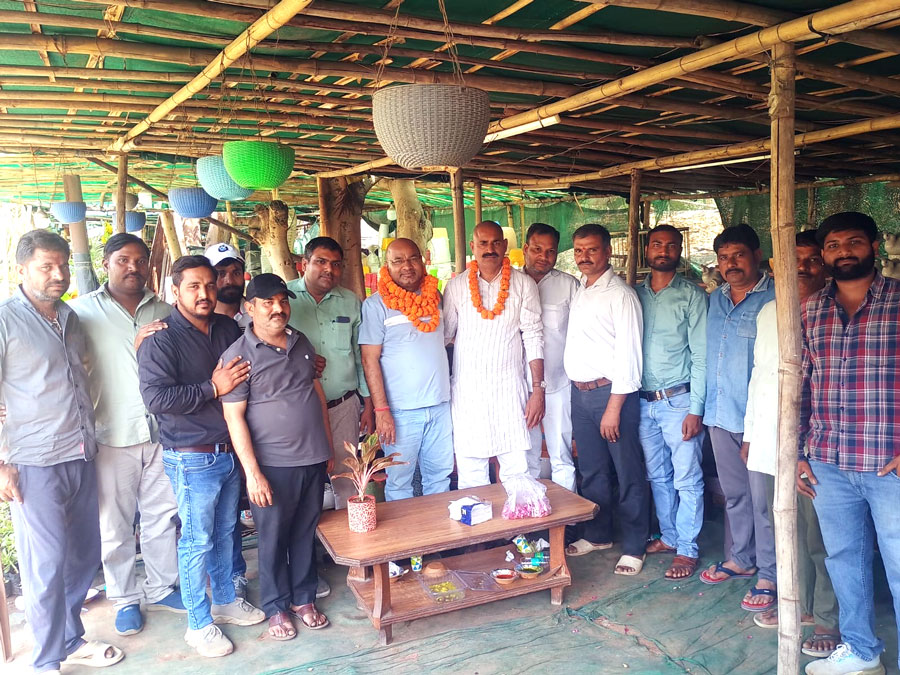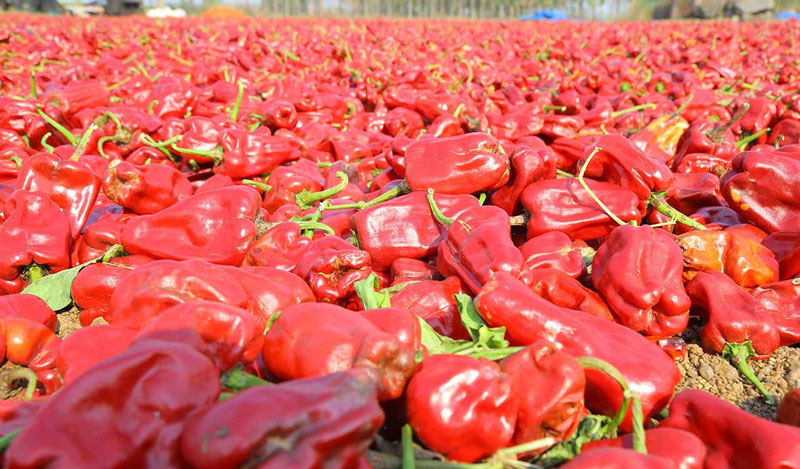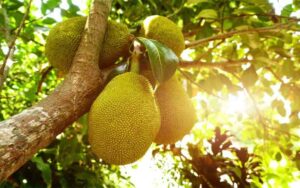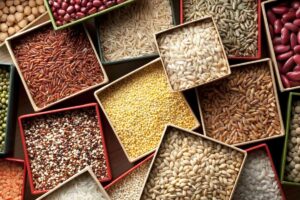ICAR-CCARI develops new horticultural varieties in Goa
Panaji: The Indian Council of Agricultural Research—Central Coastal Agricultural Research Institute (ICAR-CCARI) has successfully developed 11 new kinds of varieties, including horticultural crops, over the past year; the State Variety Release Committee approved it in Goa.
“These new types of crops have more nutritional value compared to the older ones,” said ICAR-CCARI director Parveen Kumar. “We have asked the Central Variety Release Committee to approve these, and we hope they will be accepted. This would be a big achievement for the institute,” Kumar added.
The new Goa Cardozo Mancurad mango would have less fiber, and its smooth texture would be more tasteful. The trees of Goa Bhutki Supari will be smaller; farmers don’t need to climb tall trees to harvest the nuts, making it safer for them and easier to grow.
Also Read: Manipur farmers visit Tripura to gain horticulture knowledge
The new cinnamon variety is known as Goa Dalchini 1, and its bark and leaves both will be used as spices, creating new options for cooking and for spice traders. The new Kokum varieties offer different options: Kokum 1 has larger fruit, Kokum 2 has small to medium fruit, and Kokum 3 has an egg-shaped fruit. Kokum 2 and 3 grow as bushes instead of trees, making them unique.
The Goa Cashew 5 variety comes from the Tudal area in Canacona, while Cashew 6 is a mix of different local types. There are also new types of nutmeg: Goa Jayphal 1 from Tamsuli, Marcel, and Jayphal 2 and 3 from ICAR-CCARI’s farm in Old Goa.
These new varieties of crops will certainly provide farmers an opportunity to get better production, sell it easily in the market, and elevate their income, which will strengthen Goa’s economic growth,” said Kumar.

















